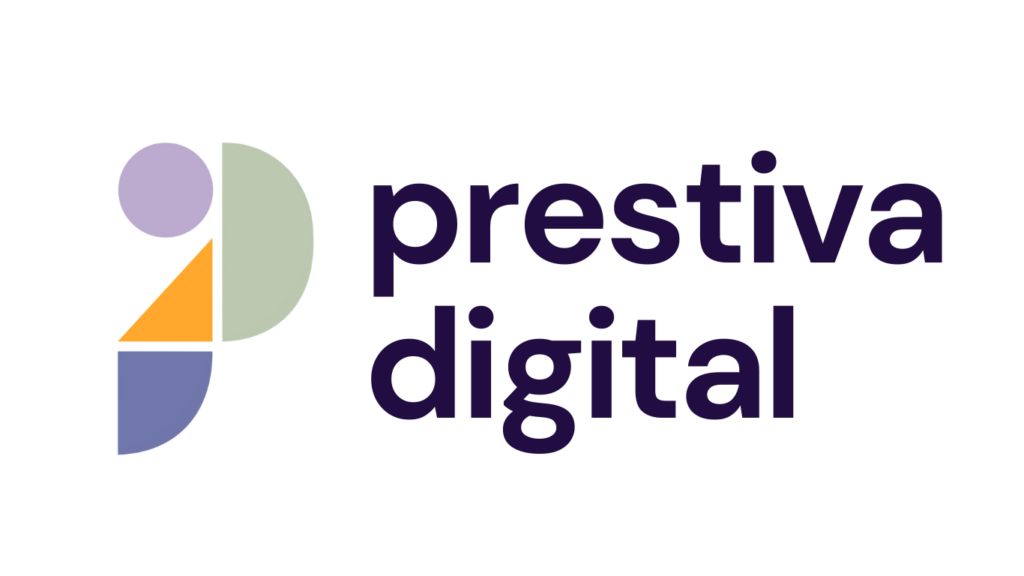How to Write a Pitch Deck That Raises Money
Securing funding for your startup starts with a compelling pitch deck. A well-crafted pitch deck is more than just slides—it tells a powerful story, showcases your vision, and convinces investors to back your business.
If you’re a startup founder looking to attract angel investors or venture capital, this guide will walk you through the key elements of a pitch deck that raises money, common mistakes to avoid, and pro tips to make your presentation stand out.
A winning pitch deck should be simple, clear, and persuasive
What is a Pitch Deck?
A pitch deck is a short, visually engaging presentation that provides investors with an overview of your startup. It highlights your business idea, market opportunity, traction, and funding needs.
A great pitch deck is clear, concise, and persuasive—it should spark interest, answer critical questions, and lead to the next meeting with investors.
Essential Slides for a Winning Pitch Deck
To build a pitch deck that maximizes your chances of getting funded, include these key slides:
Cover Slide
- Keep it clean and professional.
- Include your company name, logo, and tagline.
- Add a visually compelling background that reflects your industry.
Problem: What Pain Point Are You Solving?
Investors fund solutions to big problems. Clearly state:
- Who has this problem?
- How big is the pain point?
- Why hasn’t it been solved effectively?
Example Problem Slide:
Small businesses struggle to access affordable funding, leading to slow growth and high failure rates.
The Solution: How Your Startup Fixes It
Describe how your product or service solves the problem:
- Keep it simple.
- Use clear language, not jargon.
- If possible, include a visual demo.
Example:
Our AI-powered lending platform connects small businesses with flexible funding in minutes, without banks or credit checks.
Market Opportunity: How Big is the Potential?
Investors want to see a huge market to justify funding. Answer these:
- What is the total addressable market (TAM)?
- What’s the serviceable market (SAM) you can realistically reach?
- What percentage do you plan to capture?
Example:
The alternative lending market is a $500B+ industry, growing at 15% YoY.
Traction: Proof That Your Startup Works
Show real evidence that your startup is succeeding:
- Revenue growth, customer adoption, partnerships
- User engagement or retention metrics
- Positive customer feedback
Example Traction Slide:
50% month-over-month revenue growth, 10,000+ active users, and a 95% retention rate.
Business Model: How You Make Money
Clearly explain:
- Who pays you?
- How do you charge (subscription, transaction fees, etc.)?
- Projected revenue per customer?
Example Business Model Slide:
We take a 2% fee per transaction, averaging $200 per customer per year.
Competitive Advantage: Why You’ll Win
Investors want to know:
- Who are your competitors?
- What makes you different?
- What prevents competitors from copying you?
Example:
Our AI-driven underwriting model reduces fraud rates by 40%, unlike traditional lenders.
Team: Who’s Behind the Startup?
Investors bet on great teams more than great ideas.
- Highlight founder expertise and relevant industry experience.
- (Optional) Mention key advisors or previous startup success.
Example:
Our CEO is an ex-Google engineer with 10 years of fintech experience. Our CTO built a payments platform acquired by Stripe.
Financials: The Numbers Investors Need to See
- Show 3-5 years of projected revenue, costs, and profitability.
- Highlight growth potential and scalability.
- Keep the data clear and visual (charts, not spreadsheets).
Example Financial Projection Slide:
Projected revenue of $10M by Year 3 with a 50% gross margin.
Fundraising Ask: How Much You’re Raising & Why
- Clearly state how much you need and how you’ll use it.
- Break down the allocation (hiring, marketing, R&D, etc.).
Example Fundraising Slide:
We’re raising $1.5M to scale marketing, hire engineers, and expand operations.
Investors don’t fund ideas—they fund execution. Your traction, team, and market potential must shine.
Common Mistakes That Kill Pitch Decks
Even strong startups fail to get funded because of poor pitch decks. Avoid these mistakes:

Too Many Slides
Keep it concise (10-12 max).
Data Overload
Investors don’t need every detail, just key insights.


Bad Design
A sloppy, text-heavy deck kills investor interest.
No Clear Ask
Be specific about how much you need and why.

Want a Winning Pitch Deck? Let’s Build It for You!
A great pitch deck can make or break your fundraising. If you want to impress investors, raise capital, and grow your startup, a professional pitch deck writer and designer can help.
At Prestiva Digital, we craft investor-ready pitch decks that stand out.


Leave a Reply